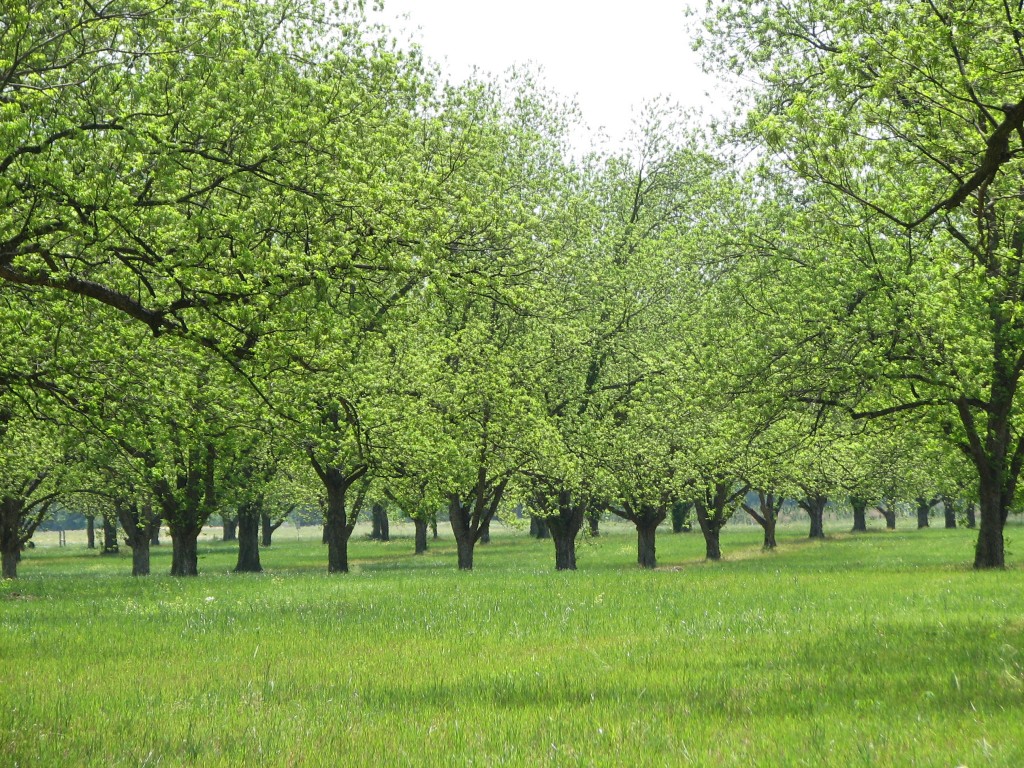Uncategorized
-
Its been a long day for Georgia pecan growers. Hurricane Michael slammed into Georgia as a Category 3 Hurricane last night after devastating parts of the Florida Gulf Coast and slowed very little until it got well into our state. Winds near Bainbridge, GA in the Southwest corner, at the time , were 115 mph…
Posted in: Uncategorized -
As we all prepare for Hurricane Michael’s arrival we hope things do not turn out as bad as they appear. At this time, the storm’s forecast takes a direct route through the heart of Georgia’s major pecan production region as a hurricane or strong tropical storm when it arrives. In preparation for the cleanup, I…
Posted in: Uncategorized -
The 2018 pecan crop is virtually made. Every nut I have cut of every variety I have looked at over the last two weeks is full of kernel. By the middle of last week, in addition to Pawnee, which is about ready for harvest in many orchards, I was seeing shuck split on Lakota, Oconee,…
Posted in: Uncategorized -
If nothing else, 2018 has been a wet year. As far as nut scab is concerned, the frequency of rainfall really starts to matter in June and its importance continues on through the rest of the season until shell hardening occurs (or shortly after shell hardening if you grow a scab susceptible variety). During years…
Posted in: Uncategorized -
We have about reached shell hardening on most of our pecans in Georgia at this point. There are a number of things that come along with shell hardening in the process of growing pecans: Expect to see water stage fruit split soon In the coming weeks you will likely see nuts dropping from the trees.…
Posted in: Uncategorized -
It is that time of the year again when we expect pecan weevils to be present in the orchards. Peak emergence is expected to be between August 10 and September 20 in Georgia. Therefore, the last week of July would be the ideal time to start monitoring for these weevils by deploying pecan weevil traps…
Posted in: Uncategorized -
I’ve had a lot of calls over the last few weeks regarding leaf scorching on young trees. This is a topic I have written and talked about quite a bit over the last few years. See the following links for details from previous posts: https://site.extension.uga.edu/pecan/2016/06/leaf-drop-pecan-roots-and-soil-temperature/ While there are a number of factors that can lead to…
Posted in: Uncategorized
